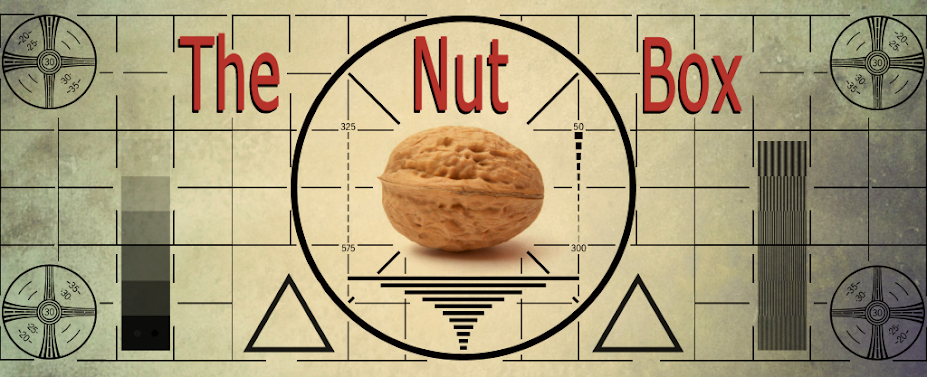Were back in Perfection Valley, Nevada, home of gun-loving Burt Gummer (Michael Gross) and his very own Moby Dick, the state protected Graboid known as El Blanco. The small community refuse to move, and the indigenous El Blanco is unable to move because of the mountainous regions on either side, so a co-existence is the only answer. Luckily, for us viewers but not for the residents, Perfection Valley has other secrets under its sands, so there’s more than just El Blanco to keep the watchful eye of Burt twitching.
A new guy, Tyler Reed, rolls into town eager to stretch his liability insurance to breaking point by earning a living in the place that does for giant worms what Roswell does for little grey men. Tyler is the everyman, there to balance out Burt’s paranoia with occasional bouts of rationality. A few other returning movie characters cameo from time to time. And what’s even better in my book is that Christopher Lloyd drops in once or twice! A crazy doc makes every show better.
It’s been squeezed to fit the small screen but it’s unmistakably Tremors. The creature of the week scenario is a little overused but it's often a catalyst for the community to come together and for the characters to bond. They’re strongest when standing side by side and sharing a common goal. If that goal turns a profit then it's all the better, because dangerous living costs money.
13 episodes, approximately 43 minutes each.
Six of the episodes are part of an ongoing story arc involving a shady organisation that had been dabbling in things they ought not to have been dabbling in. Burt (not good with people) is tested more than he ever thought possible by the new developments. Sadly, the series was cancelled, so we never got to find out what would've happened when _____ went to _____ and opened _____. Oh, my!
3 twitchometers out of 5



